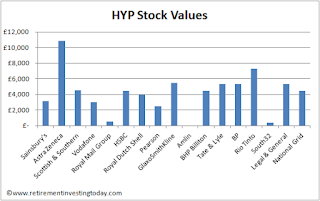If you were a trader on the financial markets, I’d think that you’ve probably had quite an interesting week. After all the S&P500 is down 11.5% (an official correction without even going back into the declines of the previous week), our FTSE100 is down 11.1%, the Nikkei225 is down a more modest 9.6% while the ASX200 is down 9.8%.
Word on the street is that this has been caused by fear of what coronavirus, or to use its catchier name, COVID-19, could do to global financial performance, including the more than 1,000 companies contained within just those four faceless indices I’ve mentioned. Years ago I proved I was a useless trader so with that in mind I’d also still suggest that some of the moves are caused by the coronavirus being a good excuse to have a market pullback given markets like the S&P500’s current hefty valuation.
Down market moves like this then give those of us who are paid to sell drama a great opportunity to come up with headlines like “Coronavirus meltdown: Airlines plunge as global stock markets suffer their worst week since the 2008 financial crisis” (I won’t link to the source of that one but if you’re interested Google is your friend) through to something a little more data driven like “Shares drop in worst week since financial crisis”
If you didn’t take personal finance seriously, articles like those might even be enough to cause you to panic (whether or not the first $100 billion trading day for the ETF SPY (an S&P500 tracker) was panic is of course debatable) with your own wealth or even not get started on the road to financial independence in the first place.
Word on the street is that this has been caused by fear of what coronavirus, or to use its catchier name, COVID-19, could do to global financial performance, including the more than 1,000 companies contained within just those four faceless indices I’ve mentioned. Years ago I proved I was a useless trader so with that in mind I’d also still suggest that some of the moves are caused by the coronavirus being a good excuse to have a market pullback given markets like the S&P500’s current hefty valuation.
Down market moves like this then give those of us who are paid to sell drama a great opportunity to come up with headlines like “Coronavirus meltdown: Airlines plunge as global stock markets suffer their worst week since the 2008 financial crisis” (I won’t link to the source of that one but if you’re interested Google is your friend) through to something a little more data driven like “Shares drop in worst week since financial crisis”
If you didn’t take personal finance seriously, articles like those might even be enough to cause you to panic (whether or not the first $100 billion trading day for the ETF SPY (an S&P500 tracker) was panic is of course debatable) with your own wealth or even not get started on the road to financial independence in the first place.

